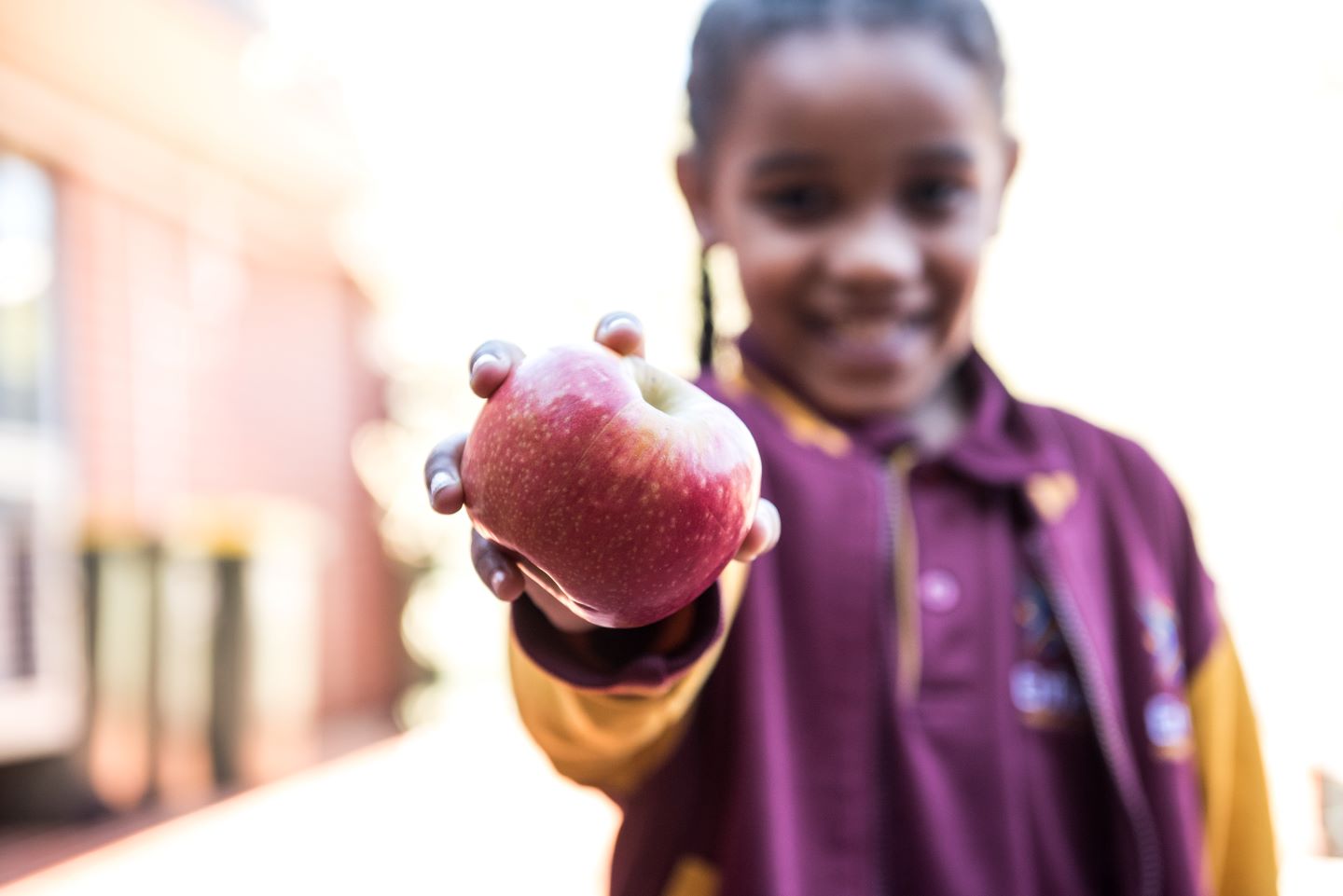
Right Bite updated to guide healthy eating in schools
The new Right Bite Food and Drink Supply Standards and the Healthy Food Environments Hub have today been launched to provide up to date healthy eating guidelines for schools.
The Healthy Food Environments Hub includes a new food and drink classification guide which has been updated in line with the recommendations within the Australian Dietary Guidelines – and will support students learning healthy food habits from a young age.
More than 70 new categories of food and drink - such as caffeinated drinks, high protein drinks and Kombucha - that did not exist when the original Right Bite Manual was developed in 2008 have been added to the new Standards, which have maintained the traffic light system of Green, Amber and Red labels.
“SAHMRI welcomes these Wellbeing SA and Department for Education initiatives to support canteens and school staff in creating healthy food and drink environments in South Australian schools," Director of the Health Policy Centre at SAHMRI Professor Caroline Miller.
“Children and adolescents spend a lot of their day at school, and we know that environments are important in influencing food and drink choices.
“Patterns that develop early in life persist into adulthood, so we want children and adolescents to be offered healthy choices in schools, and we also need to support parents.
“We know that Australian adolescents are very high consumers of sugary drinks for example, and SAHMRI research shows that the community is supportive of restricting sugary drinks sales in our schools and creating healthy environments.”
The standards recommend at least 60 per cent of food and drinks supplied at schools should be from the green category and a maximum of 40 per cent from the amber category. Food and drinks in the red categories are either limited to twice per term for special events or not to be sold at all.
The revised standards also include advice around recommended food promotion, food safety guidelines and environmental practices.
The standards are strongly recommended for all public schools and out of school hours care, however non-government schools can also access the resources.
The standards do not apply to preschools, or to food and drinks brought from home for personal consumption.
To assist schools in making healthy food choices, canteen and school staff can access online resources through the Healthy Food Environments Hub, such as a dedicated FoodChecker tool, to help access and develop menus that align with the standards.
“We warmly welcome this initiative by Wellbeing SA and the Department for Education to foster healthier food environments in schools that support our children as they grow, giving them the best start to establish good health into adulthood," said Food for Health Alliance Executive Manager Jane Martin.
“Policies and services which improve access to healthy food and drink options in school settings support a broad, system-wide approach to improve diets which is encouraged under the National Obesity Strategy.”
Latest data shows about 30 per cent of South Australian children are overweight or obese. Most children are not eating a diet consistent with the Australian Dietary Guidelines, with only 14 per cent of South Australian children eating the recommended number of vegetables each day and 69 per cent eating the recommended amount of fruit.
While many factors are known to impact diet, accessibility of healthy food and drink options is key to helping children and young people choose foods that will support their health and wellbeing.
Blair Athol North B-6 School Principal Darren Stevenson said as a school community they are passionate about the importance of healthy eating being integrated with learning.
“We have a whole-of-school approach which includes a brilliant school kitchen garden program that teaches our children the importance of preparing and eating healthy, fresh food.”
“The update to the Right Bite program will give schools the opportunity to re-evaluate canteen menus, and for us we will be able to continue to deliver the best healthy options to the 400 children across our school,” he said.


